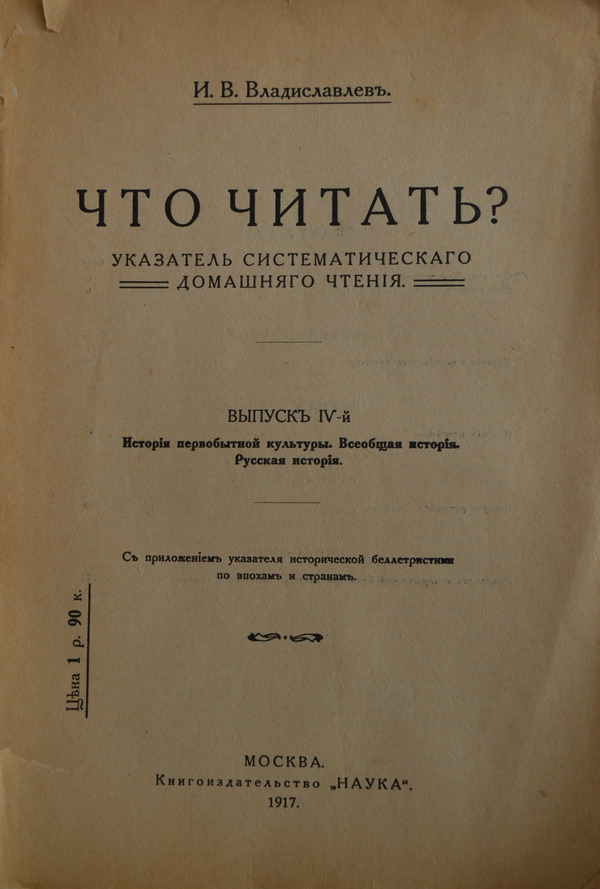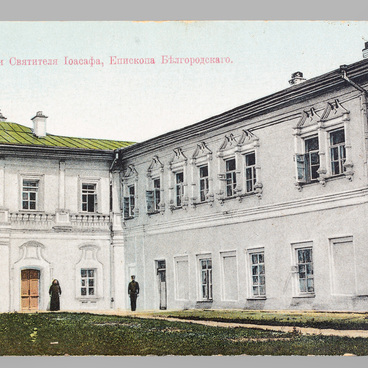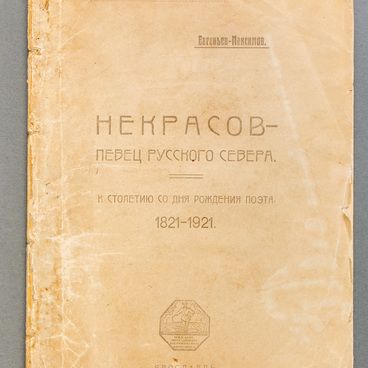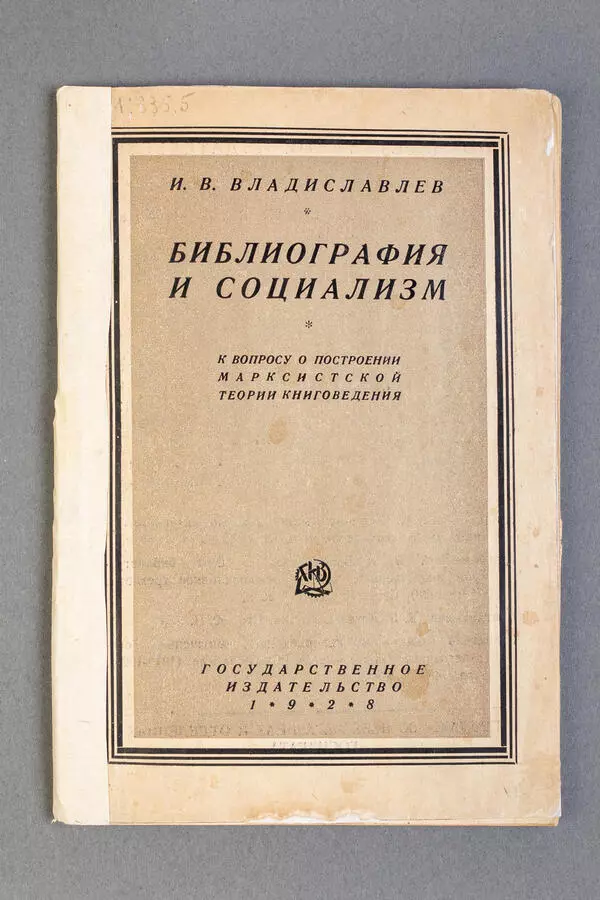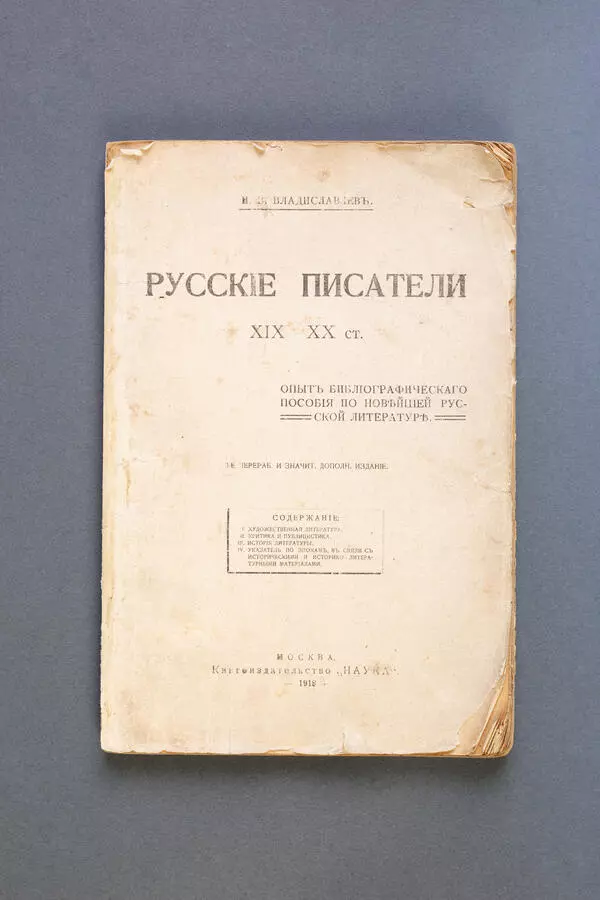Ignatiy Vladislavovich Vladislavlev (Gulbinsky) was born in the town of Valuyki, Voronezh Governorate.
The profession of a bibliographer was perfect for his love of reading and striving to be of service to the community and, to some extent, to education.
Vladislavlev was convinced of the enormous educational role that thoughtful reading played in the formation of young readers’ characters. His work, which promoted self-education, touched upon two main questions: “what to read?” and “how to read?”.
A series of publications “What to Read?”, compiled by Ignatiy Vladislavlev, was published from 1911 to 1919 and was a bibliographic guide to the systematic home reading of school-age children and adolescents.
The author set himself the task of drawing students’ attention to the life around them, broadening their horizons, expanding their interests beyond the limited world of “children’s” works and finally teaching them to reflect on both books and real problems of modern life.
Vladislavlev also specified the task of a parent or teacher that was responsible for developing reading skills: young readers should become independent of their mentor’s guidance as early as possible and learn to do the creative analysis of works on their own.
The first issue of the series was intended for the group of children aged between nine and thirteen. The second one (dedicated to fiction and literary criticism) was for teenagers over thirteen years old who already mastered the skills of self-education. In the third issue entitled “The Life of Remarkable People”, Vladislavlev focused on biographies. In them, the author saw a transitional step toward science books: after all, the biography of an outstanding personality can make an impression on readers and at the same time introduce them to the range of issues of science, social life, and culture, broaden their horizons and awaken interest in knowledge.
Later issues contained lists of references on narrower topics that required a certain level of erudition. The fourth issue contained a selection of popular science literature on the history of primitive culture, world and Russian history. The fifth issue (“Social Sciences”) and the sixth one (“Natural Science. Geography”), despite advertising, were never published. The series was left unfinished.
The profession of a bibliographer was perfect for his love of reading and striving to be of service to the community and, to some extent, to education.
Vladislavlev was convinced of the enormous educational role that thoughtful reading played in the formation of young readers’ characters. His work, which promoted self-education, touched upon two main questions: “what to read?” and “how to read?”.
A series of publications “What to Read?”, compiled by Ignatiy Vladislavlev, was published from 1911 to 1919 and was a bibliographic guide to the systematic home reading of school-age children and adolescents.
The author set himself the task of drawing students’ attention to the life around them, broadening their horizons, expanding their interests beyond the limited world of “children’s” works and finally teaching them to reflect on both books and real problems of modern life.
Vladislavlev also specified the task of a parent or teacher that was responsible for developing reading skills: young readers should become independent of their mentor’s guidance as early as possible and learn to do the creative analysis of works on their own.
The first issue of the series was intended for the group of children aged between nine and thirteen. The second one (dedicated to fiction and literary criticism) was for teenagers over thirteen years old who already mastered the skills of self-education. In the third issue entitled “The Life of Remarkable People”, Vladislavlev focused on biographies. In them, the author saw a transitional step toward science books: after all, the biography of an outstanding personality can make an impression on readers and at the same time introduce them to the range of issues of science, social life, and culture, broaden their horizons and awaken interest in knowledge.
Later issues contained lists of references on narrower topics that required a certain level of erudition. The fourth issue contained a selection of popular science literature on the history of primitive culture, world and Russian history. The fifth issue (“Social Sciences”) and the sixth one (“Natural Science. Geography”), despite advertising, were never published. The series was left unfinished.

